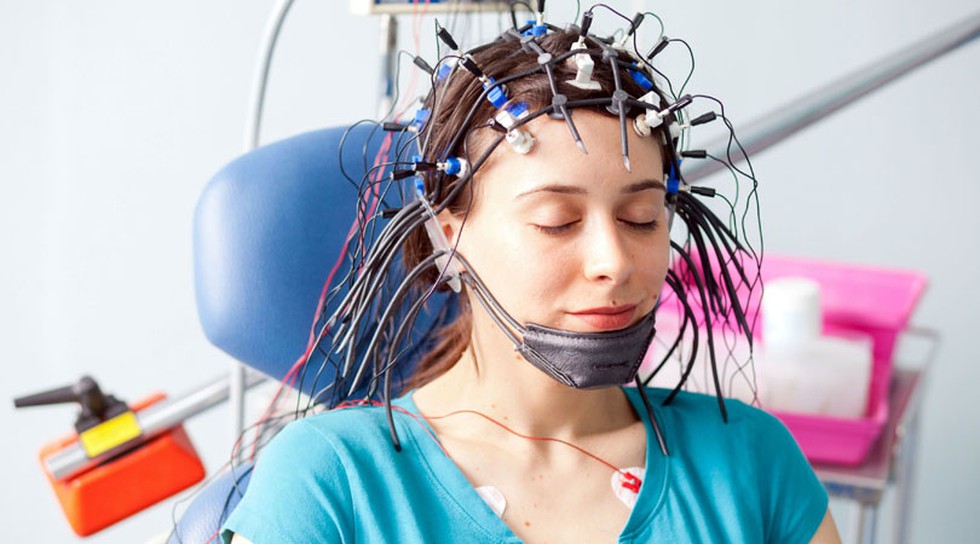In 1924, psychiatrist Hans Berger observed rhythmic electrical activity from the scalp, coining the term “electroencephalogram” (EEG). Despite initial skepticism, EEG eventually gained acceptance, birthing the field of electroencephalography.
Evolution into Clinical Tool
- EEG is now widely used in diagnosing and treating neurological disorders.
- It provides continuous electrical readouts of brain activity and can be performed over short or extended periods.
EEG in Clinical Practice
- Neurologists like the author use EEG daily for neurological patients.
- Thousands of EEGs are interpreted annually, aiding in diagnosis and treatment.
- EEG patterns are correlated with specific disease states in clinical practice.
Origins of EEG
- EEG arises from the excitable nature of neurons and their interactions.
- Neurons firing action potentials generate electrical activity in the brain.
Spontaneous Organization
- EEG tends to spontaneously organize into patterns in time and space.
- Different frequencies, such as delta, theta, alpha, beta, and gamma waves, are observed.
Pattern Formation
- Research explores how electrical patterns arise in the brain.
- Neuronal oscillations and synchronization underlie EEG patterns observed in patients.
AI and EEG
- AI systems are increasingly utilized in interpreting EEG and brain scans.
- Recent research suggests AI can decode aspects of mental activity from EEG.
Future Prospects
- As EEG reaches its 100th year in 2024, expectations for its future include expanded clinical applications and improved understanding of brain pattern generation.
- Possibilities include glimpsing the content of the mind through EEG.
Multiple Choice Questions (MCQs):
- Who is credited with coining the term “electroencephalogram” (EEG) in 1924?
A) Walter Pitts
B) Alan Turing
C) Hans Berger
D) Warren McCulloch
Answer: C) Hans Berger - What was the initial purpose of Hans Berger’s interest in brain electricity?
A) To combat neurological disorders
B) To understand the structure of EEG in health and disease
C) To find a biological basis for telepathy
D) To develop AI systems for EEG interpretation
Answer: C) To find a biological basis for telepathy - What is the main application of EEG in clinical practice?
A) Monitoring heart activity
B) Measuring lung function
C) Diagnosing and treating neurological disorders
D) Assessing kidney function
Answer: C) Diagnosing and treating neurological disorders - What is the significance of EEG patterns in clinical practice?
A) They help identify specific disease states.
B) They measure blood pressure.
C) They assess liver function.
D) They monitor bone density.
Answer: A) They help identify specific disease states. - Which of the following is NOT one of the main frequency waves observed in EEG?
A) Delta
B) Sigma
C) Alpha
D) Beta
Answer: B) Sigma - What is the potential future application of EEG mentioned in the passage?
A) Monitoring heart rate
B) Analyzing genetic mutations
C) Glimpsing the content of the mind
D) Predicting weather patterns
Answer: C) Glimpsing the content of the mind
